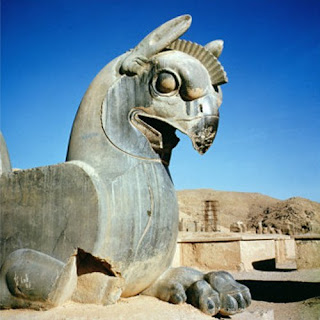analytical drawings
Analytical Drawings
In which we produce precise & accurate drawings of our objects. One can but try!
The finished A1 sheet.
Our task is to accurately record what we see in front of us. Observation! Observation! Observation!
Light source, noticing the shadows & how these change as the day progresses. In some of the drawings that take a long time, it is better to leave the drawing till the same time the following day if the light changes a lot.
Another piece of advice was to remove the weight from our hand to our shoulder.... radical!
This globe artichoke was probably my most challenging piece to try and draw.... as well as focusing on the shadows, (& hence the line darkness) I have used many marks to try and convey some of the colours & textures. (Unfortunately a corner of the garlic is apparent in the corner; I was unable to crop it out without losing some of the artichoke detail.)
Another tip is to Practice 3 step translation; in essence, ask yourself how you would describe the surface in 3 words. It is a helpful approach, especially if you get stuck.
The surface of this stone is quite varied. I have tried to find relevant marks for the many variations of colour & surface changes eg little concave hollows.
Unlike my first attempt I have resisted the temptation to use shading anywhere.
I have used a series of lines instead, which I hope is a more authentic drawing. Sharpen your pencil!! (at least every 20 minutes), & use a blade to achieve the finest point.
Teasel. Really a very sculptural piece, & definitely a challenging drawing! Another thing to think about is the distances between different parts of the drawing.....sometimes the negative space will tell you a lot.
Underside of the tiny shell. Looking carefully at the light source is one of the
first things to notice when starting a drawing.
The delicacy of the feather is what drew me to it; 'tis really a marvelous thing.
I have tried to pay attention to the darkness/lightness of the lines. I should mention that I used a 2b pencil some of the time, sometimes changing to a 4b.
Mother of Pearl Shell; I'm not sure that I have managed to get across the smoothness of the surface here;
I think I have overdone the planes, or contours. The curvature of the line follows the contours as much as possible (thats the theory anyway!!)
Dots dots & more dots!!!
Ditto; dot dot dot city...I am reminded that where the surface changes,
so must the line. Is that evident here? Hmmm. Love that papery skin.












Comments
Post a Comment